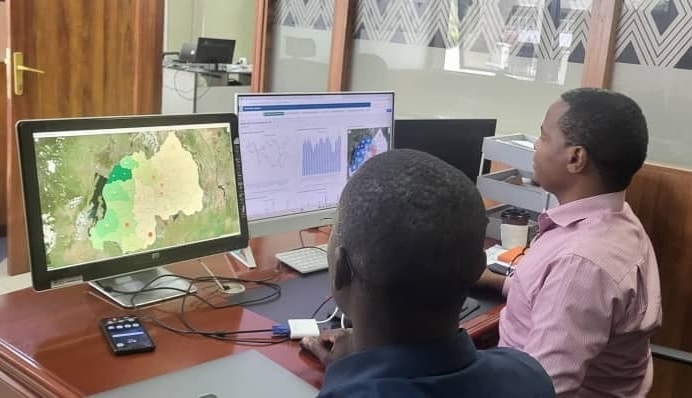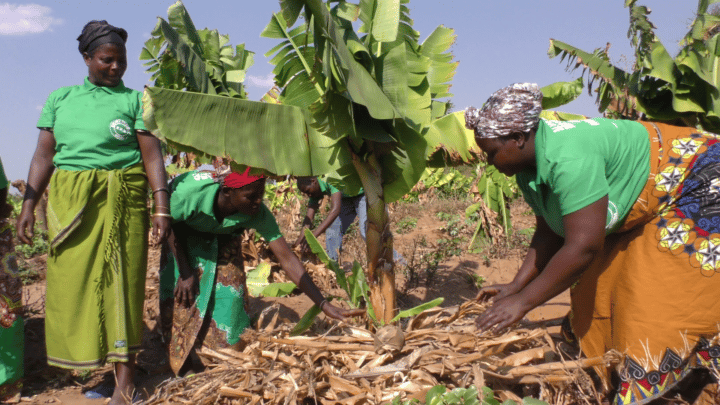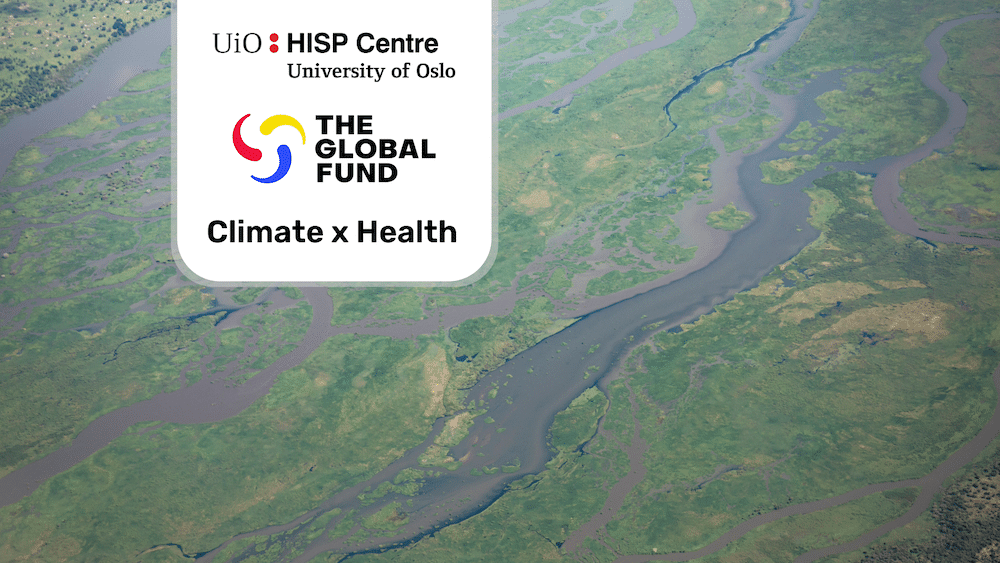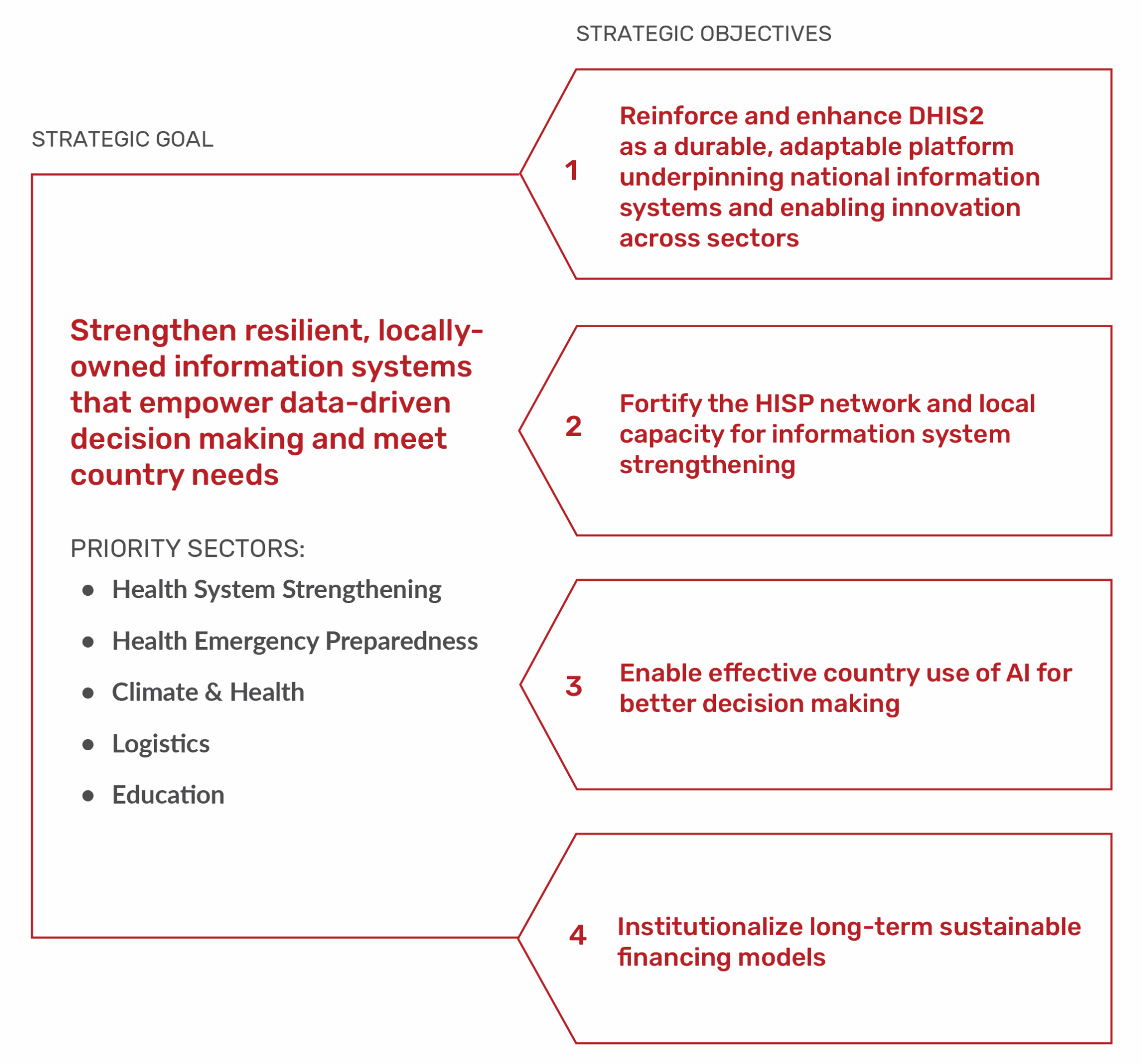
DHIS2: Bridging Digital Health and Climate Change Impact
DHIS2 for Climate and Health can help local health authorities in low- and middle-income countries respond to health challenges linked to climate change through innovative digital solutions based on the DHIS2 platform.
The effects of climate change are dramatic and wide-ranging, touching every part of life on our planet, including human health. In many health programs—such as infectious disease surveillance, maternal and child health, and nutrition and food security—health outcomes can be directly and indirectly impacted by climate factors, including local climate variation and extreme weather events linked to global warming. Urgent action is needed to protect at-risk communities and prevent negative health effects, particularly among most vulnerable populations. Planning and prioritizing that action requires accurate and actionable data on the specific correlations between climate and health.
Last year, the Wellcome Trust awarded nearly £14.5 million to the HISP Centre at the University of Oslo (HISP UiO), to support our global efforts on DHIS2 for Climate and Health. The Wellcome-funded project aims to help local health authorities in low- and middle-income countries respond to health challenges linked to climate change through innovative digital solutions based on the DHIS2 platform. In honor of Digital Health Week, we’re highlighting DHIS2’s role in advancing Climate & Health initiatives worldwide. Thanks to support from the Wellcome Trust, DHIS2 is expanding its platform to help countries integrate climate data with health data, to strengthen their ability to respond to the health impacts of a changing climate.
A Critical Tool for Climate & Health
As the world’s largest health management information system, DHIS2 powers health data management in over 70 countries around the globe. As climate change exacerbates health risks globally, the need to bridge health and climate data has become urgent. DHIS2 can help address this need by supporting countries to incorporate environmental data—like temperature, rainfall, and vegetation cover—into their health systems, enabling a data-driven response to climate-related health threats.
DHIS2 for Climate and Health can support systems for climate-sensitive diseases, nutrition and food security, extreme weather events, and more. Countries can use the DHIS2 Climate App for exploring and importing weather data into DHIS2, where it can be combined with existing health data to analyze potential relationships between environmental factors and health impacts. HISP UiO is also working on additional tools to support predictive modeling and forecasting of climate-sensitive diseases in DHIS2, which will facilitate early warning and response to probable disease outbreaks, and strengthen climate resilient health systems by helping countries analyze and predict the future impact of climate change and weather events on population health.
Real-World Impact Across Diverse Climate Zones
Through the Wellcome-supported DHIS2 Climate & Health project, ten countries in Africa and Asia are currently working with the local groups of the HISP network on integrating climate data into their DHIS2 systems, including Mozambique, Malawi, Ethiopia, Tanzania, Togo, Rwanda, Uganda, Laos, Sri Lanka, and Nepal. Each country-level Climate & Health project is customized to local needs and designed in collaboration with local stakeholders, including Ministries of Health and Meteorological agencies.
Some of these projects build on initiatives that were already in progress. In Laos, for example, a pilot project between the Ministry of Health and the World Health Organization country office has developed a solution that combines climate and disease surveillance data in DHIS2 to give early warning of flash flooding, and likely outbreaks of diarrhea and dengue. Malawi, on the other hand, has deployed a DHIS2 system for climate-resilient food security. Its DHIS2-based National Agriculture Management Information System is a comprehensive, nationwide system for agriculture that harmonizes climate, demographic, and agricultural data to improve food security in the country.

In addition, several other countries and organizations have already started using or exploring DHIS2 Climate & Health tools on their own. For example, in Chile, where extreme heat has become more common, the Ministry of Health has begun its own pilot project measuring the impact of heatwaves and high temperatures on mortality to inform training, preparation and response to such heat-related events.
This is an example of DHIS2’s adaptability: countries can configure the system to reflect their unique climate and health challenges. With mobile data collection capabilities, DHIS2 can also enable data from remote areas to reach regional and national systems quickly, allowing for prompt response and targeted resource allocation.
A Global Movement for Resilient Health Systems
The integration of climate data into DHIS2 has already shown results, like enabling authorities in Mozambique to identify and understand correlations between climate and health, and build on existing DHIS2 systems and expertise within the country. These successes highlight the potential for other countries to build climate-resilient health systems, particularly in places that will be most vulnerable to the impacts of climate change.
Looking forward, HISP aims to expand these DHIS2 for Climate & Health initiatives, empowering more countries to address climate-related health risks proactively. This Digital Health Week, we celebrate these partnerships and the commitment of health ministries around the world to build data-driven, adaptive health systems capable of meeting the climate challenges of the future. Together, the global HISP network is paving the way for a digital health landscape that is resilient, responsive, and ready for a changing world.
To learn more about how DHIS2 supports digital health innovations, subscribe to our newsletter.


